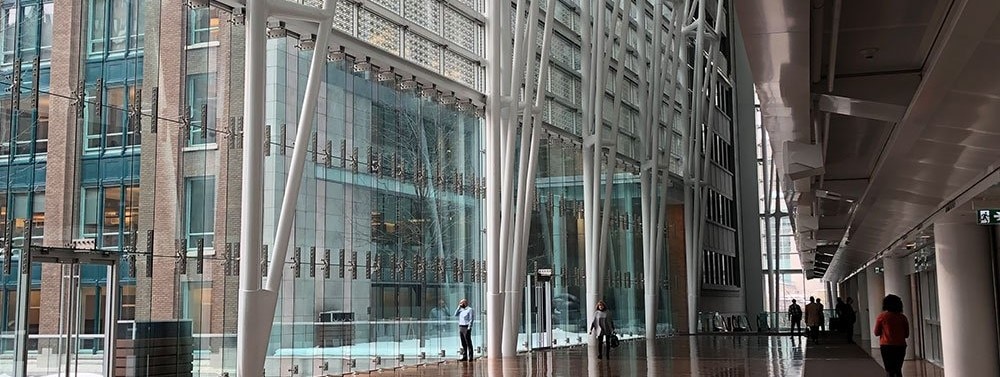EARN CONTINUING EDUCATION CREDIT THROUGH SOMFY

Somfy offers continuing education credits through AIA as well as GBCI. When you participate in a Lunch and Learn presentation you are earning credit toward your continuing education requirements. Please refer to course descriptions for detail on available credits.
Somfy is a registered provider with the AIA Continuing Education System. This program is registered with the AIA-CES for continuing professional education. As such, it does not include content that may be deemed or construed to be an approval or endorsement by the AIA of any material of construction or any method or manner of handling, using, distributing, or dealing in any material or product.
 Austria - Deutsch
Austria - Deutsch Belgium - Nederlands
Belgium - Nederlands Czech Republic - Čeština
Czech Republic - Čeština Denmark - Dansk
Denmark - Dansk France - Français
France - Français Germany - Deutsch
Germany - Deutsch Hungary - Magyar
Hungary - Magyar Italy - Italiano
Italy - Italiano  Netherlands - Nederlands
Netherlands - Nederlands Norway - Norsk
Norway - Norsk Poland - Polish
Poland - Polish Portugal - Portugues
Portugal - Portugues Romania - Română
Romania - Română Russia - Русский
Russia - Русский Spain - Español
Spain - Español Sweden - Swedish
Sweden - Swedish Switzerland - Français
Switzerland - Français Turkey - Turkish
Turkey - Turkish Ukraine - Український
Ukraine - Український United Kingdom - English
United Kingdom - English Bahrain - English
Bahrain - English Egypt - English
Egypt - English Iran - English
Iran - English Jordan - English
Jordan - English Kuwait - English
Kuwait - English Lebanon - English
Lebanon - English Nigeria - English
Nigeria - English Oman - English
Oman - English Qatar - English
Qatar - English Saudi Arabia - English
Saudi Arabia - English South Africa - English
South Africa - English United Arab Emirates - English
United Arab Emirates - English United States - English
United States - English Mexico - Español
Mexico - Español Brazil - Português
Brazil - Português Australia - English
Australia - English New Zealand - English
New Zealand - English China - 中国
China - 中国 Hong Kong - English
Hong Kong - English India - English
India - English Indonesia - English
Indonesia - English Korea - Korean
Korea - Korean Malaysia - English
Malaysia - English Singapore - English
Singapore - English Taiwan - Chinese
Taiwan - Chinese


